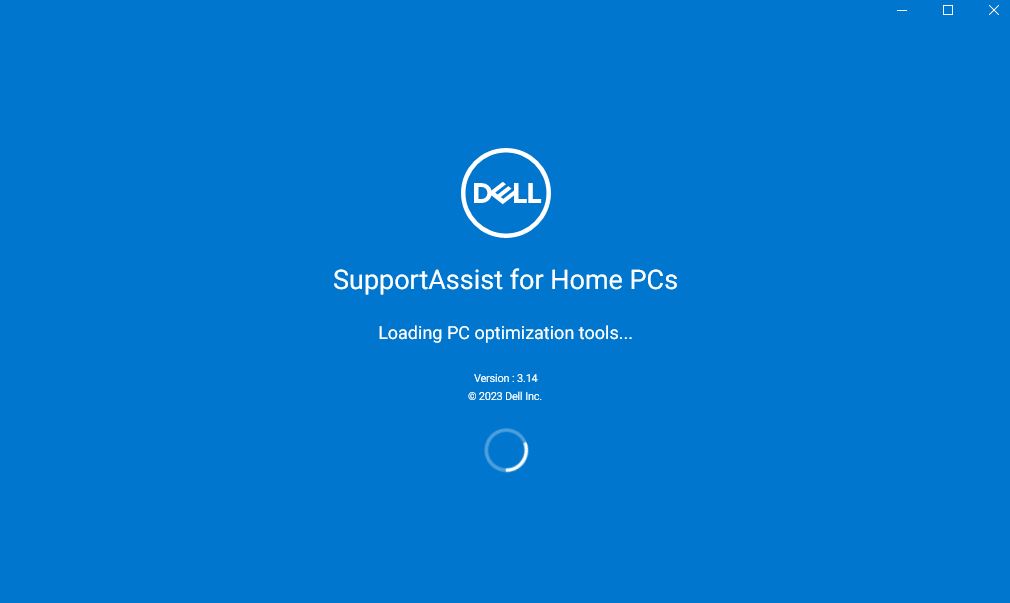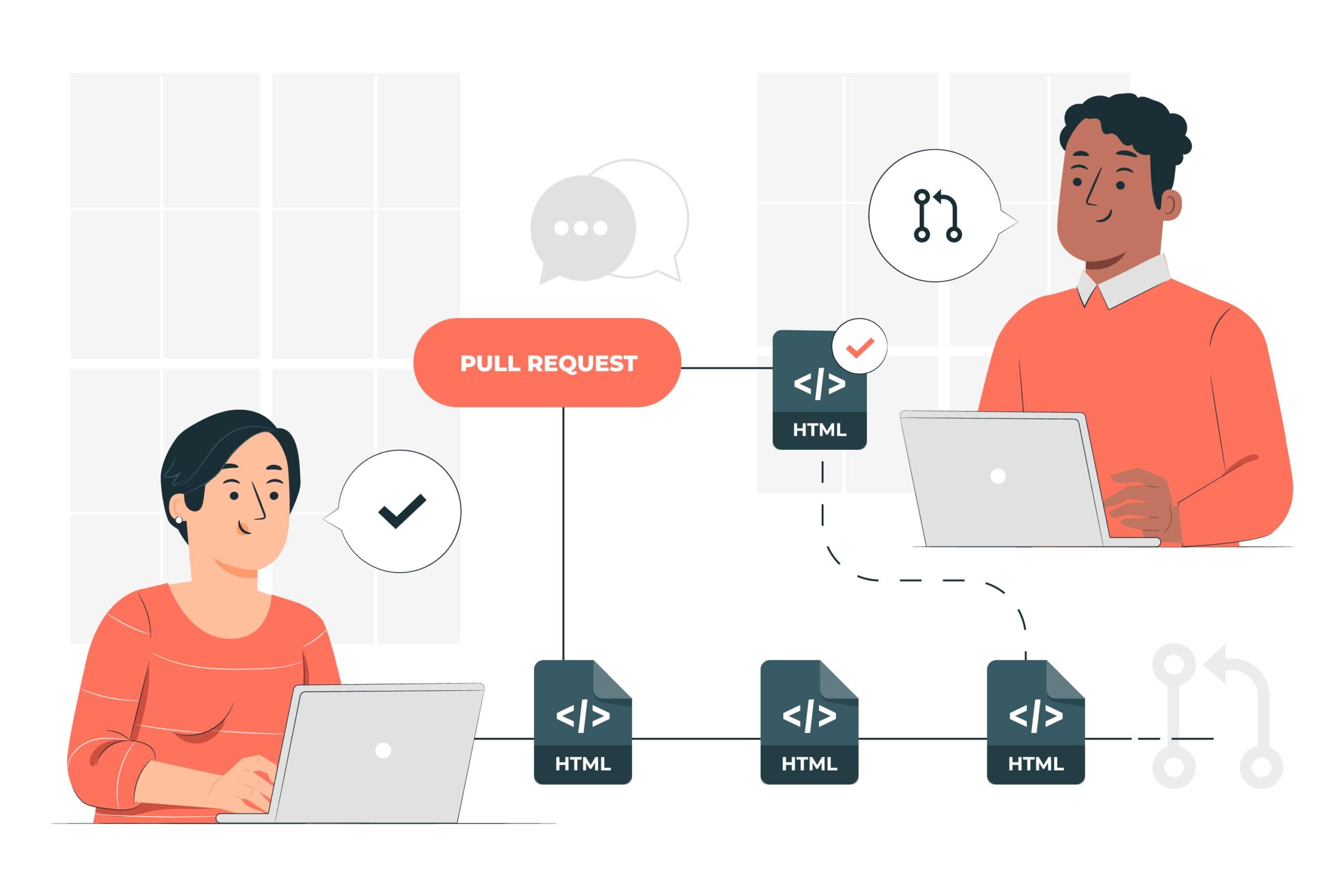Using proxies in network programming with Java involves configuring the proxy settings for your network requests. Java provides the `java.net` package, which includes classes like `Proxy` and `ProxySelector`, to facilitate proxy usage. Here’s an overview of how you can use a proxy in Java for network programming:
1. Create a Proxy Object:
Start by creating a `Proxy` object that represents the proxy server you want to use. The `Proxy` class has several static methods to create instances of different types of proxies, such as `Proxy.Type.HTTP` for an HTTP proxy or `Proxy.Type.SOCKS` for a SOCKS proxy.
Proxy proxy = new Proxy(Proxy.Type.HTTP, new InetSocketAddress("proxy.example.com", 8080));
2. Set Proxy for URL Connections:
If you are using the `java.net.URLConnection` class to make HTTP requests, you can set the proxy using the `URLConnection` object’s `setProxy()` method.
URL url = new URL("https://www.example.com");
URLConnection connection = url.openConnection(proxy);
This will ensure that the HTTP request made by `URLConnection` goes through the specified proxy server.
3. Proxy Authentication:
If your proxy server requires authentication, you need to provide the username and password. Java provides the `Authenticator` class to handle proxy authentication. You can implement the `Authenticator` class and set it as the default authenticator for your application.
Authenticator.setDefault(new Authenticator() {
protected PasswordAuthentication getPasswordAuthentication() {
return new PasswordAuthentication("username", "password".toCharArray());
}
});
With this configuration, Java will automatically handle proxy authentication when making network requests.
4. SOCKS Proxy Configuration:
For SOCKS proxies, you can configure the proxy settings at the JVM level by using system properties. This allows Java to use the SOCKS proxy for all network connections made by the application.
System.setProperty("socksProxyHost", "proxy.example.com");
System.setProperty("socksProxyPort", "1080");
Set these properties before making any network requests, and Java will automatically use the specified SOCKS proxy.
5. ProxySelector:
Java also provides the `ProxySelector` class, which allows you to dynamically select a proxy based on the specific URL or network conditions. You can implement the `ProxySelector` interface to define your own proxy selection logic and then set it as the default selector for your application.
ProxySelector.setDefault(new ProxySelector() {
public List<Proxy> select(URI uri) {
// Custom logic to select the appropriate proxy
return Collections.singletonList(proxy);
}
public void connectFailed(URI uri, SocketAddress sa, IOException ioe) {
// Handle connection failures
}
});
With this approach, you have more control over selecting the proxy based on specific criteria.
Tabular Representation
| Topic | Java | Network Proxy |
|---|---|---|
| Language | Java is a widely-used programming | A network proxy acts as an intermediary server |
| language known for its | between clients and servers. | |
| simplicity, flexibility, and | ||
| cross-platform compatibility. | ||
| Networking Capabilities | Java provides a robust set of | Network proxies enhance network communication by |
| networking APIs and libraries | intercepting and forwarding network requests and | |
| for network communication. | responses. | |
| Socket Programming | Java supports socket programming | Network proxies can handle socket programming to |
| for creating network connections | establish connections and transfer data between | |
| and exchanging data. | clients and servers. | |
| HTTP Client/Server | Java offers libraries for | Network proxies can act as an HTTP client and |
| implementing HTTP clients and | server, allowing communication between clients | |
| servers, such as HttpURLConnection | and servers using the HTTP protocol. | |
| Proxy Server | Java provides support for | Network proxies can function as a proxy server, |
| building proxy servers using | enabling clients to route their requests through | |
| libraries like ServerSocket and | the proxy for various purposes like anonymity, | |
| Socket. | caching, or security. | |
| Proxy Configuration | Java allows configuring | Network proxies can be configured in Java |
| network proxies using system | applications by specifying the proxy settings | |
| properties or programmatically. | programmatically or through system properties. | |
| SSL/TLS | Java includes libraries for SSL/TLS | Network proxies can handle SSL/TLS encryption and |
| encryption and secure | decryption, providing secure communication | |
| communication, such as | between clients and servers over the network. | |
| JSSE (Java Secure Socket | ||
| Extension). | ||
| Network Traffic Monitoring | Java offers libraries and tools | Network proxies can capture and monitor network |
| for network traffic monitoring, | traffic passing through them, providing insights | |
| such as Wireshark and | into the data exchanged between clients and | |
| TCPDump. | servers. | |
| Caching | Java provides built-in support | Network proxies can implement caching mechanisms |
| for caching data using libraries | to store and serve cached responses, improving | |
| like java.util.concurrent | performance and reducing network traffic. | |
| Load Balancing | Java offers libraries and | Network proxies can perform load balancing by |
| frameworks for load balancing, | distributing incoming network requests across | |
| such as Ribbon and | multiple servers, improving scalability and | |
| client-side load balancing | fault tolerance. | |
| Error Handling and Logging | Java provides mechanisms for | Network proxies can handle error handling and |
| handling errors and exceptions, | logging to capture and log network-related errors | |
| and logging events for | and events for analysis and troubleshooting. | |
| troubleshooting. |
By using the above techniques, you can configure proxy settings in your Java network programming code. Proxies can help you control network access, improve security, and optimize network traffic. Consider the specific requirements of your application and choose the appropriate proxy configuration that suits your needs.



